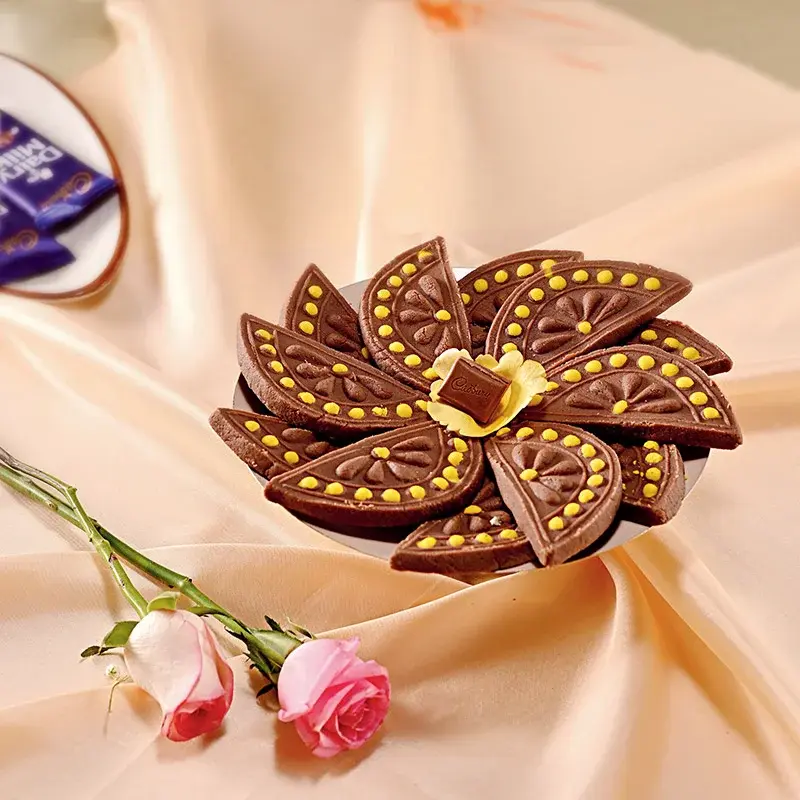- Home
- Articles
- Between Concubines and Clergy, Let’s Take a Look at the Two Tales of the Cannoli's Mysterious Origins in Sicily
Some say it's the nuns, and others say it's the women from the harem of the Arabs ruling Sicily, who invented the cannoli. While both versions are accepted, the cannoli continues to be Italy’s' most beloved dessert.

Some say it's the nuns, and others say it's the women from the harem of the Arabs ruling Sicily, who invented the cannoli. While both versions are accepted, the cannoli continues to be Italy’s' most beloved dessert.
This Sicilian deep-fried pastry Cannoli or “little tube” is beloved by the Italians and is second only to the coffee-rich Tiramisu. In fact, it is said that the bakeries of Silicies earn their reputation based on how good their Canolli is! This confection consists of a tube-shaped shell of fried pastry dough, filled with a sweet, creamy filling usually containing ricotta cheese. It varies in size from being just as long as a finger to being the length of a whole fist.
The name comes from canna, which is a kind of river reed growing in the moorlands that used to shape the pastry shells back then. With such a rich heritage and Italians taking care of how the cannoli is made and presented, let's take a look at its history and how today’s cannoli came into being.
The Origins of the Cannoli

The history of the cannoli reflects the various cultures that have inhabited Sicily over the centuries. Many believe the cannoli originated in Sicily in the city of Piana Degli Albanesi, but this dessert's origins may be traced back to the Arab rule of the island known as the Emirate of Sicily.
The first tale of cannoli's origins takes place during the Arabic domination of Sicily when the island was under the Emirate of Sicily's rule. At this time, an Arab prince lived in a castle with his harem. The prince had many concubines who would spend their time creating elaborate meals and desserts to serve the prince. One of the desserts they invented was a cylindrical pastry case that was filled with sweet ricotta cheese, almonds, and honey. This pastry is believed to be one of the earliest versions of what would later become known as cannoli.
The second tale occurs outside of the prince's castle, at a nearby convent. The nuns who lived at the convent were also skilled bakers and cooks. As a way to celebrate Carnevale, the festive period before Lent, the nuns developed a new type of pastry. They made a shell called "scoria" and filled it with ricotta cheese, sugar, chocolate, and almonds. This filled pastry is said to be the origin of the cannoli that Sicilians know today. Both the concubines creating desserts in the castle harem and nuns inventing sweets at the convent are believed to contain elements of how cannoli was first created in Sicily during the Arab rule.
Historians believe both legends hold truth, and that the cannoli was created in or around the city of Caltanissetta between 827-1091 CE. They were often made by women using ingredients like sugarcane and almonds, which were, of course, introduced by the Arabs. The filling's origins can be traced to Saracens who brought sugarcane, and the cannoli was once called "Turkish hats." They were made for Carnivale celebrations before Lent, which is similar to the Mardi Gras, and are now enjoyed year-round.
A Cultural Symbol

Hold your horses, for like the French macarons, the pastry shell of cannoli is what makes it hard to make it at home. Even experienced Sicilian cooks admit to finding that making cannoli shells is as tricky as the dough. It is made from flour, egg, sugar, lard and Marsala (wine), with additions like cocoa and cinnamon (for flavor), and must be carefully wrapped around a rod to maintain its tubular shape during frying. One misstep and the cannoli crumbles, which means you would need to start over.
Cannolis are best when filled just before eating to preserve the contrast of a creamy center and crisp exterior. Traditionally fried, many now bake shells or use vacuum-packed commercial shells. In Sicily, sheep's or goat's milk ricotta was used for filling but fillings now vary, including cow's ricotta or alternatives like whipped cream, pastry cream and custard.
What Makes it So Good?

Cannolis are so delicious because of the perfect balance between textures and flavors, which are a stark contrast to each other. First, you get that nice crunch from the fried pastry shell–it just crumbles in your mouth. But then comes the best part-that incredibly rich, creamy filling. Traditionally, it's made from fresh ricotta cheese, which is just heavenly. Can you imagine tasting the ricotta made straight from the Sicilian sheep’s milk? Velvety and sweet, with a hint of vanilla or cinnamon it is to die for!
Modern cannoli get even more exciting with different mix-ins too. Chocolate chips make it feel like a dessert within a dessert. Chopped pistachios add a nice nutty flavor to it; even candied orange peel pairs well with the ricotta cheese. Whichever combination you try, you might want to recall that one famous scene of “Leave the gun. Take the cannoli” in The Godfather (1972). Italians take their cannoli seriously and have seamlessly blended a dessert with a rich heritage in modern life and pop culture as well.
More Like This
Popular Articles





Trending Web Stories
Curated Recipes
















